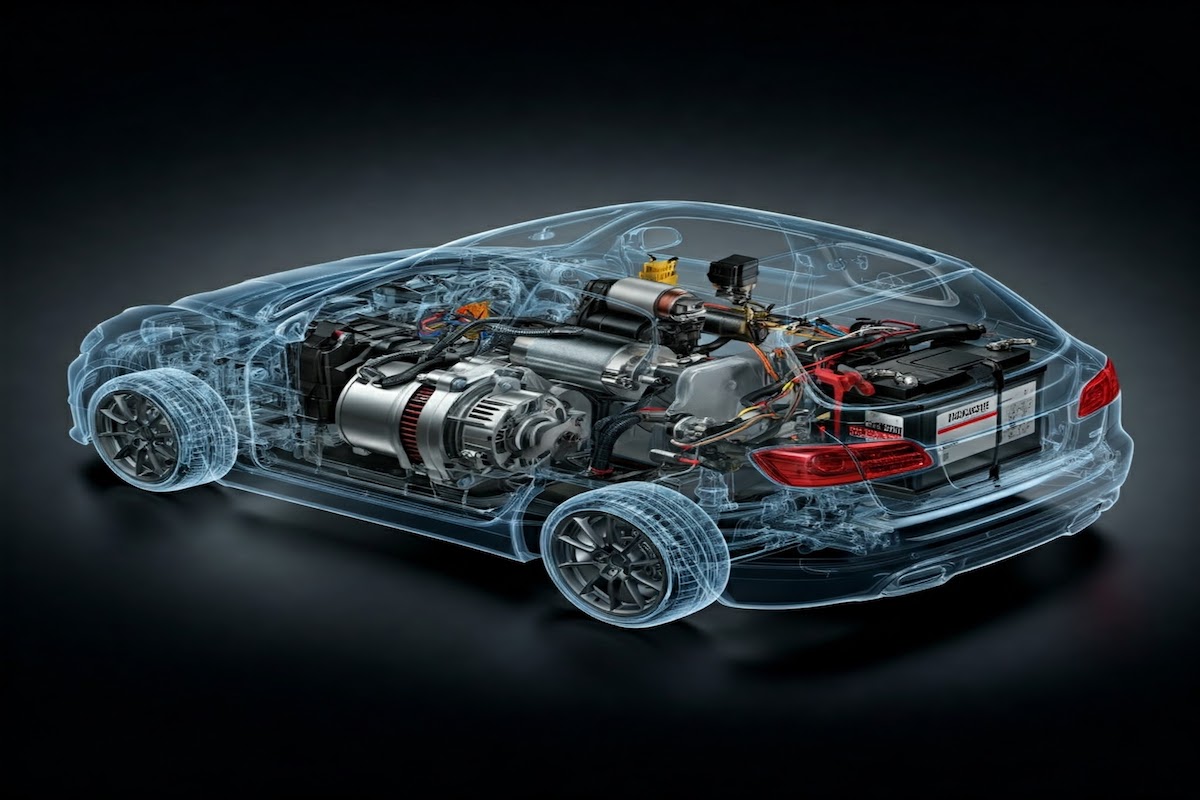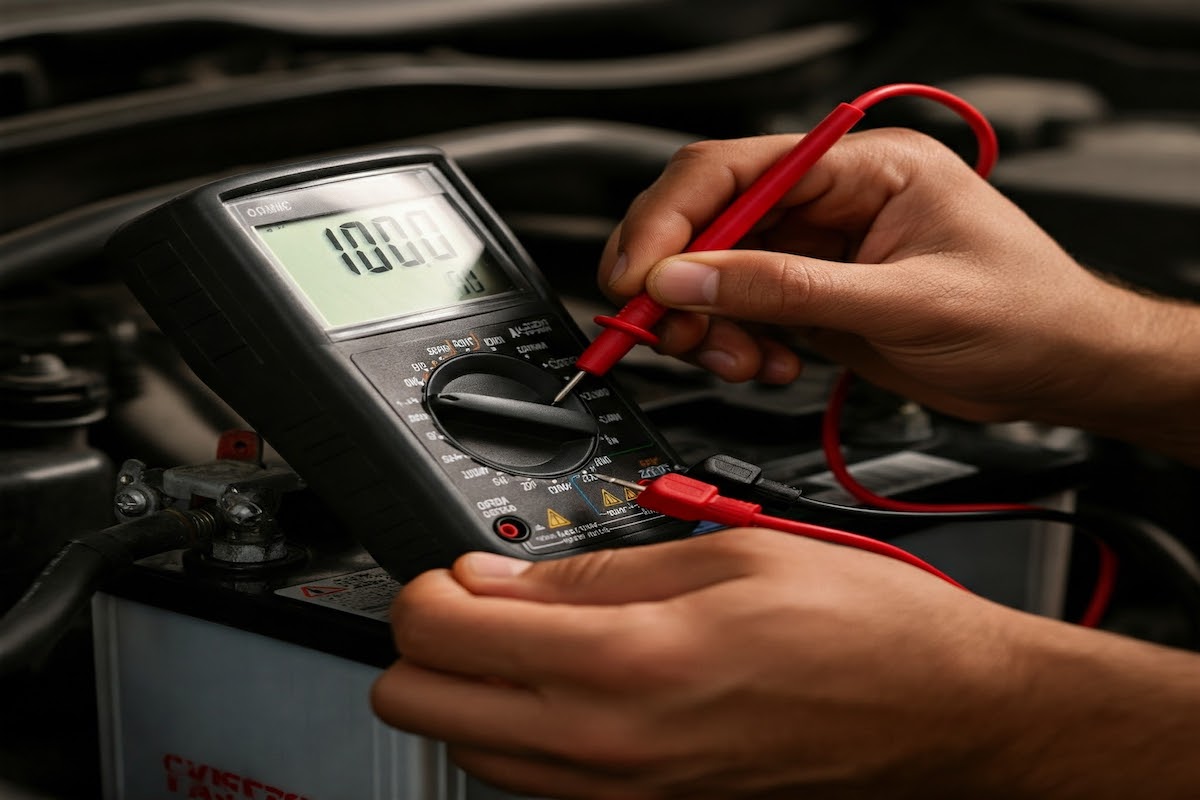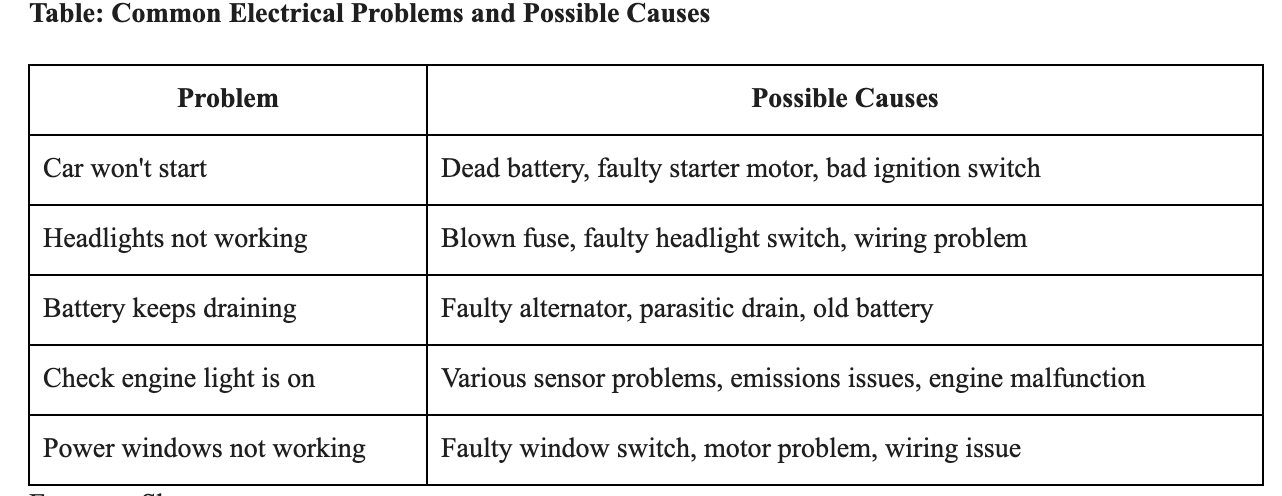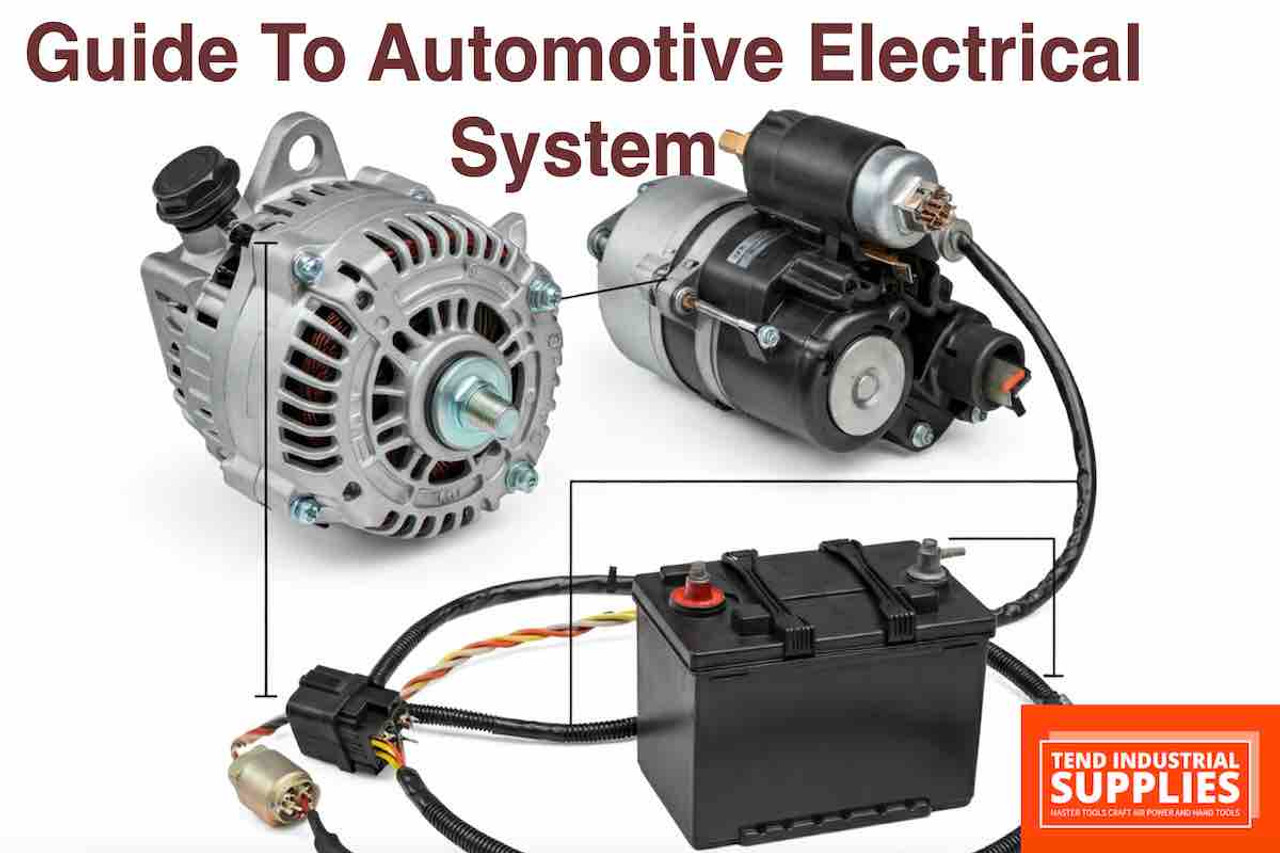A Beginner's Guide to Automotive Electrical Systems
The automotive world has come a long way from simple mechanical contraptions. Today's vehicles are technological marvels powered by intricate electrical systems that control everything from engine performance to entertainment features. Understanding the basics of these systems can empower any car owner or aspiring mechanic to diagnose problems, perform basic maintenance, and appreciate the complexity behind their vehicle's operation. This beginner's guide, brought to you by Tend Industrial Supplies, will illuminate the core components and principles of automotive electrical systems, demystifying the intricate network of wires, sensors, and electronic modules that make your car tick.
Key Takeaway:
Automotive electrical systems are the backbone of modern vehicles, powering essential functions and enhancing the driving experience. This guide provides a foundational understanding of these systems, enabling car owners and aspiring mechanics to grasp the basic principles and components.
The Battery: Your Car's Powerhouse
The battery is the heart of your car's electrical system, storing electrical energy and providing the initial power to start the engine. It's a large rechargeable battery that operates on a 12-volt system.

Key Functions:
- Starting the Engine: When you turn the key, the battery sends a surge of electrical current to the starter motor, which cranks the engine.
- Powering Accessories: The battery powers various accessories when the engine is off, such as lights, radio, and interior electronics.
- Stabilizing Voltage: The battery acts as a voltage stabilizer, smoothing out fluctuations in the electrical system.
Types of Batteries:
- Lead-Acid Batteries: The most common type, known for their affordability and reliability.
- AGM (Absorbent Glass Mat) Batteries: More expensive but offer better performance, longer life, and resistance to vibrations.
Maintenance:
- Check the terminals for corrosion: Clean them with a baking soda solution if necessary.
- Ensure the battery is securely mounted: Vibrations can damage the battery.
- Have the battery tested regularly: A weak battery can lead to starting problems.
The Alternator: The Power Generator
While the battery provides the initial power, the alternator takes over once the engine is running. It's a belt-driven generator that converts mechanical energy into electrical energy.
Key Functions:
- Recharging the Battery: The alternator replenishes the battery's charge, ensuring it has enough power for the next start.
- Powering Electrical Systems: The alternator provides power to all the electrical components while the engine is running.
Maintenance:
- Check the drive belt for wear and tear: Replace it if it's cracked or frayed.
- Have the alternator tested if you suspect charging problems: A faulty alternator can lead to a drained battery and electrical issues.
[Link to a relevant alternator category or buying guide on Tend Supplies]
The Starter Motor: The Engine Cranker
The starter motor is an electric motor that cranks the engine, initiating combustion. It receives a high current from the battery when you turn the key.
Key Components:
- Solenoid: A switch that engages the starter motor with the engine's flywheel.
- Motor: The electric motor that provides the rotational force to crank the engine.
Common Problems:
- Clicking sound: Indicates a weak battery or faulty solenoid.
- Grinding noise: Suggests worn-out starter gears.
- No cranking: Could be due to a faulty starter motor, wiring issues, or a dead battery.
[Link to a relevant starter motor category or buying guide on Tend Supplies]
Wiring and Circuits: The Nervous System
The wiring harness is the network of wires connecting all your vehicle's electrical components. Circuits are complete paths that allow electricity to flow from the power source (battery or alternator) to the components and back.
Key Concepts:
- Series Circuit: Components are connected in a single loop, so if one component fails, the entire circuit is broken.
- Parallel Circuit: Components are connected on separate branches, so if one component fails, the others can still function.
- Grounding: The negative terminal of the battery is connected to the vehicle's chassis, providing a return path for the electrical current.
 Common Problems:
Common Problems:
- Broken wires: Can lead to open circuits and component malfunction.
- Short circuits: Occur when wires touch, causing excessive current flow and potential damage.
- Corrosion: Can impede current flow and cause connection problems.
Fuses and Circuit Breakers: The Safety Guards
Fuses and circuit breakers are protective devices that prevent damage from excessive current flow. They act as sacrificial links that break the circuit if the current exceeds a safe level.
Key Differences:
- Fuses: Contain a thin wire that melts when excessive current flows through it. They need to be replaced once blown.
- Circuit Breakers: Can be reset after they trip, providing reusable protection.
Identifying Problems:
- Check the fuse box: Locate the fuse box and check for any blown fuses.
- Refer to the owner's manual: The manual will identify the location and purpose of each fuse.
[Link to a relevant fuse and circuit breaker category or buying guide on Tend Supplies]
Sensors: The Information Gatherers
Modern vehicles are equipped with many sensors that gather information about various systems and send it to the onboard computer. This data controls engine performance, emissions, safety features, and more.
Common Types of Sensors:
- Oxygen Sensors: Measure the oxygen content in the exhaust gases to optimize fuel efficiency and emissions.
- Mass Airflow (MAF) Sensors: Measure the amount of air entering the engine to determine the correct fuel mixture.
- Coolant Temperature Sensors: Monitor the engine coolant temperature to regulate cooling fan operation and engine performance.
- Throttle Position Sensors: Detect the position of the accelerator pedal to control fuel delivery and engine speed.
Electronic Control Units (ECUs): The Brains of the Operation
ECUs are small computers that control various systems in your vehicle. They receive sensor information, process it, and send commands to actuators (devices that perform actions, such as fuel injectors, solenoids, and motors).
Common ECUs:
- Engine Control Module (ECM): Manages engine performance, fuel injection, ignition timing, and emissions.
- Transmission Control Module (TCM): Controls automatic transmission shifting and operation.
- Body Control Module (BCM): Manages various body functions, such as lights, power windows, and central locking.
 List: Tips for Maintaining Your Car's Electrical System
List: Tips for Maintaining Your Car's Electrical System
- Have the battery and alternator tested regularly.
- Keep battery terminals clean and free of corrosion.
- Check fuses and replace any blown ones.
- Inspect wiring for damage or loose connections.
- Avoid overloading electrical circuits.
Call to Action:
Ready to delve deeper into the world of automotive electrical systems? Browse our extensive collection of tools, equipment, and resources at tendsupplies.com. Our knowledgeable team is ready to assist you in your automotive journey. Contact us at sales@tendsupplies.com for personalized recommendations and expert advice.
Frequently Asked Questions (FAQs)
Q1: What is the difference between a series circuit and a parallel circuit?
A1: In a series circuit, components are connected in a single loop, so if one component fails, the entire circuit is broken. In a parallel circuit, components are connected on separate branches, so if one component fails, the others can still function.
Q2: What should I do if my car's battery keeps dying?
A2: If your car's battery keeps dying, it could be due to a faulty alternator, a parasitic drain (a component drawing power when the car is off), or an old battery that needs replacement. Have your electrical system checked by a qualified mechanic.
Q3: How do I know if a fuse is blown?
A3: A blown fuse will have a broken filament or a discolored appearance. You can also use a multimeter to test for continuity across the fuse.
Q4: What is the role of the ECU in an automotive electrical system?
A4: The ECU (Electronic Control Unit) is the brain of the system, receiving information from sensors, processing it, and sending commands to actuators to control various functions in the vehicle.
Q5: Where can I find reliable information about my car's specific electrical system?
A5: Your car's owner's manual is a good starting point. You can also find detailed wiring diagrams and technical information in repair manuals or online resources specific to your car's make and model.
Related Content:
- Top 5 Diagnostic Tools Every Mechanic Should Own
- Understanding Your Car's Charging System
- Troubleshooting Common Car Starting Problem
- The Importance of Regular Car Maintenanc
- How to Choose the Right Battery for Your Car









